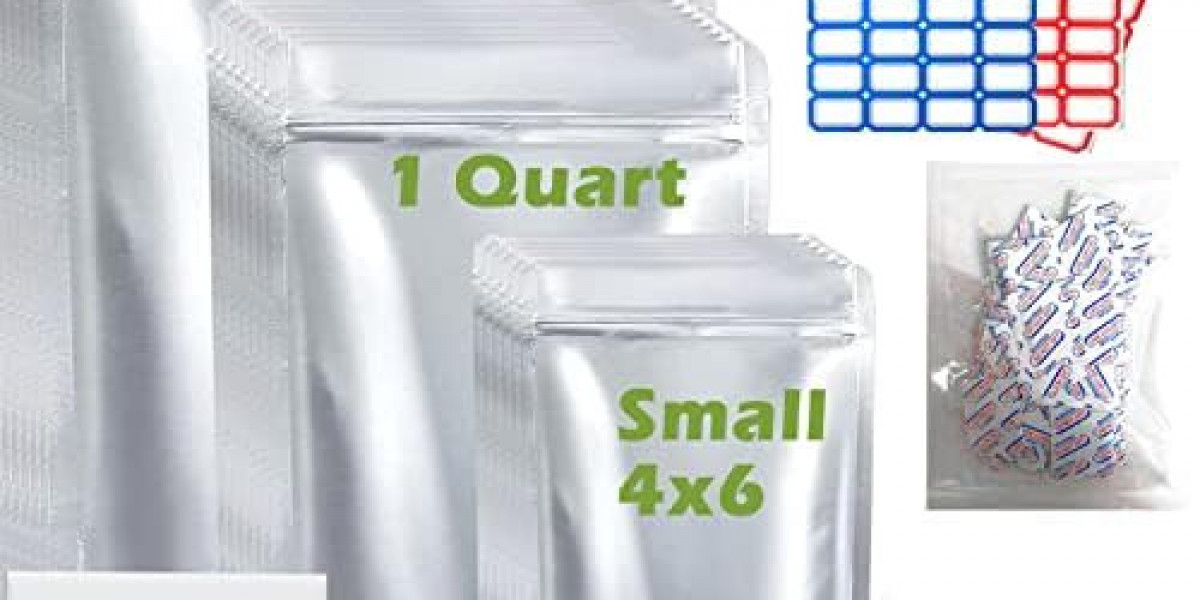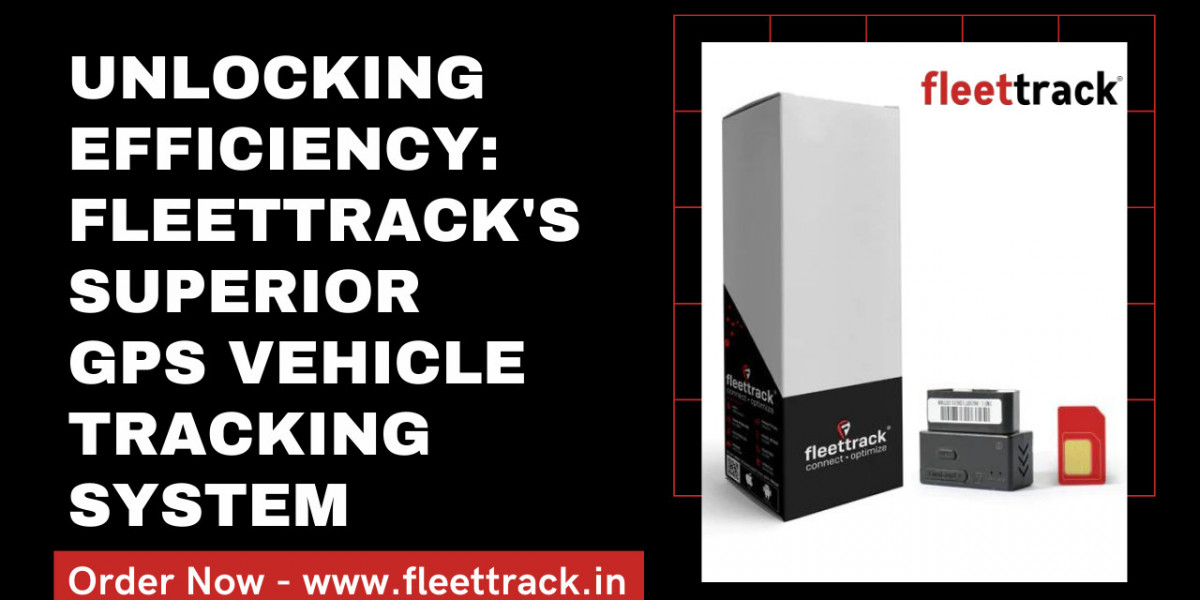In an era where food security and sustainability are more crucial than ever, finding reliable methods for long-term food storage is essential. Mylar bags have emerged as a popular choice for preserving food. But what exactly makes these bags so effective? Let's dive deep into the world of Mylar bags for food storage and uncover why they're a must-have for anyone serious about keeping their food fresh.
What are Mylar Bags For Food Storage?
Definition and Composition
Mylar bags for food storage are made from a type of stretched polyester film known as BoPET (biaxially-oriented polyethylene terephthalate). This material is known for its high tensile strength, chemical stability, and exceptional barrier properties against gases, moisture, and light.
History of Mylar Bags
Originally developed by DuPont in the 1950s, Mylar was first used in the aerospace industry. Its excellent protective qualities soon found applications in various fields, including food storage, where it has proven to be highly effective in extending the shelf life of dry goods.
Advantages of Using Mylar Bags for Food Storage
Durability
One of the standout features of Mylar bags is their durability. These bags can withstand punctures and tears much better than typical plastic bags, ensuring that your food stays safe and uncontaminated.
Light and Moisture Barrier
Mylar bags offer an excellent barrier against light and moisture, both of which can degrade food quality. By keeping out these elements, Mylar bags help maintain the freshness and nutritional value of stored food.
Oxygen Absorption
When used with oxygen absorbers, Mylar bags can effectively remove oxygen from the environment inside the bag. This is crucial because oxygen can lead to the growth of bacteria, mold, and insects, all of which can spoil food.
Types of Mylar Bags
Different Sizes
Mylar bags come in various sizes, from small pouches suitable for spices to large bags that can hold several pounds of grain. This versatility allows you to store different quantities of food based on your needs.
Thickness Variations
The thickness of Mylar bags can vary, typically ranging from 3.5 mil to 7.0 mil. Thicker bags offer greater protection but may be less flexible and more expensive.
Ziplock vs. Heat-Sealed
While ziplock Mylar bags are convenient for short-term storage and frequent access, heat-sealed bags are better for long-term storage as they provide a more airtight seal.
How Mylar Bags Preserve Food
Prevention of Oxidation
By removing oxygen from the bag, Mylar bags prevent oxidation, which can spoil food and degrade its nutritional content. This makes them ideal for preserving items like grains, nuts, and dried fruits.
Protection from Pests
Mylar bags are impervious to insects and rodents. This barrier ensures that pests cannot get to your stored food, which is especially important in long-term storage situations.
Maintaining Nutritional Value
Foods stored in Mylar bags retain their nutritional value for much longer compared to other storage methods. This is because the bags protect against the factors that typically cause nutrient loss, such as light and oxygen.
Best Foods to Store in Mylar Bags
Dry Goods (Rice, Beans, Pasta)
Dry staples like rice, beans, and pasta are perfect candidates for Mylar bag storage. These foods can last for decades when stored properly.
Dehydrated and Freeze-Dried Foods
Dehydrated and freeze-dried foods also store well in Mylar bags. They are lightweight, easy to rehydrate, and maintain their nutritional content and flavor over time.
Spices and Herbs
Spices and herbs retain their potency and flavor when stored in Mylar bags, protected from light, moisture, and air.
How to Use Mylar Bags for Food Storage
Step-by-Step Guide to Packaging
- Select the right size bag for your food.
- Place an oxygen absorber inside the bag with the food.
- Seal the bag using a heat sealer or iron, ensuring an airtight closure.
- Label the bag with the contents and date of packaging.
Using Oxygen Absorbers
Oxygen absorbers are essential for long-term storage. They remove residual oxygen inside the bag, creating an environment that prevents spoilage and extends shelf life.
Sealing Techniques
Heat sealing is the most effective method for ensuring an airtight seal. Use a dedicated heat sealer or a household iron, pressing firmly along the opening of the bag until it is completely sealed.
Storing Mylar Bags
Ideal Storage Conditions
Store Mylar bags in a cool, dark, and dry place. Avoid exposure to sunlight and fluctuating temperatures to maintain the integrity of the bag and its contents.
Labeling and Organizing
Proper labeling and organization are crucial. Write the contents and date of packaging on each bag, and arrange them in a way that makes it easy to rotate older stock to the front.
If you want to know more information about poly mailer bags visit TopUSAPackaging
Shelf Life of Foods Stored in Mylar Bags
Expected Durations
Depending on the food type and storage conditions, foods stored in Mylar bags can last anywhere from 5 to 30 years. For example, white rice can last up to 30 years, while dried beans typically last around 10 years.
Factors Affecting Shelf Life
The shelf life can be influenced by the initial quality of the food, the effectiveness of the seal, and the storage environment. Ensuring that the bags are stored in optimal conditions will maximize their longevity.
Common Mistakes to Avoid
Overfilling Bags
Avoid overfilling Mylar bags, as this can make sealing difficult and may compromise the airtight integrity of the bag.
Incorrect Sealing
Ensure that the bag is completely sealed with no gaps. Even a small opening can allow oxygen to enter, spoiling the food inside.
Ignoring Storage Conditions
Storing Mylar bags in unfavorable conditions, such as high humidity or direct sunlight, can reduce their effectiveness and shorten the shelf life of the stored food.
Comparing Mylar Bags to Other Storage Methods
Plastic Containers
While plastic containers are reusable and durable, they do not provide the same level of protection against oxygen and light as Mylar bags.
Glass Jars
Glass jars are excellent for short-term storage but can be cumbersome and prone to breaking. Mylar bags are lighter and more space-efficient.
Vacuum Sealing
Vacuum sealing is effective for short to medium-term storage, but Mylar bags with oxygen absorbers provide a more reliable solution for long-term storage.
Cost-Effectiveness of Mylar Bags
Initial Investment
Mylar bags and oxygen absorbers require an upfront investment. However, considering the extended shelf life they offer, the long-term savings are significant.
Long-Term Savings
By preventing food waste and spoilage, Mylar bags help you save money in the long run. The ability to buy in bulk and store food safely can lead to considerable cost reductions over time.
Environmental Impact of Mylar Bags
Reusability and Recycling
Mylar bags are reusable if handled carefully, reducing the need for single-use plastic. While not biodegradable, they can be recycled at specialized facilities.
Eco-Friendly Alternatives
For those concerned about environmental impact, there are eco-friendly alternatives like reusable silicone bags. However, these may not offer the same level of protection for long-term food storage.
Where to Buy Mylar Bags
Online Retailers
Websites like Amazon and eBay offer a wide variety of Mylar bags, often in bulk packages that provide better value.
Local Stores
Specialty stores, particularly those focused on preparedness or bulk foods, often carry Mylar bags and related supplies.
Bulk Purchasing
Buying Mylar bags in bulk can be more cost-effective and ensures you always have them on hand for your storage needs.
Conclusion
Mylar bags are a game-changer for long-term food storage. Their durability, excellent barrier properties, and ability to maintain food quality make them an invaluable tool for anyone looking to preserve their food supply. Whether you're storing grains, dehydrated foods, or spices, Mylar bags provide peace of mind that your food will stay fresh and safe for years to come.
FAQs
How long can food last in Mylar bags?
Foods can last anywhere from 5 to 30 years in Mylar bags, depending on the type of food and storage conditions.
Can you reuse Mylar bags?
Yes, Mylar bags can be reused if they are not damaged and can be resealed properly.
Are Mylar bags safe for long-term food storage?
Absolutely. Mylar bags are specifically designed to protect food from environmental factors that cause spoilage, making them ideal for long-term storage.
Do Mylar bags need oxygen absorbers?
While not always necessary, using oxygen absorbers with Mylar bags significantly extends the shelf life of stored food by removing residual oxygen.
How do you know if a Mylar bag is sealed properly?
A properly sealed Mylar bag will be airtight with no gaps. You can test the seal by pressing gently on the bag; if no air escapes, the seal is secure.








